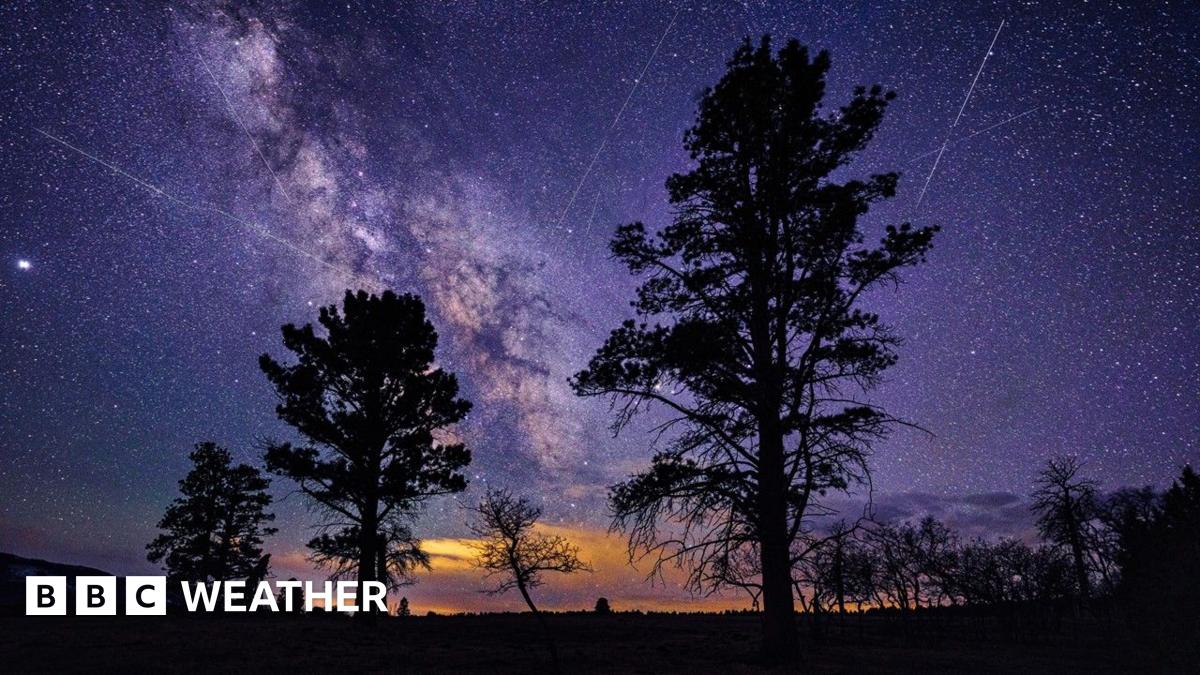The Lyrid meteor shower is expected to reach its peak on Tuesday, providing viewers with a dazzling display of celestial beauty. This annual event, which occurs during mid to late April, will be active until April 25th this year, with the highest concentration of meteors expected on Tuesday.
Meteor showers are caused when dust from comets or asteroids enters Earth’s atmosphere and vaporizes, creating the stunning streaks of light that we see. The Lyrids typically produce around 18 meteors per hour, but occasionally this number can skyrocket to 100 meteors per hour, although predicting these intense outbursts is challenging. Dating back around 2,700 years, the Lyrids are one of the oldest-known meteor showers and are associated with the debris from Comet Thatcher.
To catch a glimpse of the Lyrid meteor shower, the best time to observe is during the early morning of the peak day. This year’s viewing conditions should be favorable due to the Moon’s last quarter coinciding with the event, but it’s recommended to steer clear of areas with light pollution to maximize visibility. Allow your eyes to adjust to the darkness for about 15-20 minutes, and make sure to dress warmly and take breaks to avoid neck strain while watching the spectacle unfold.
The weather forecast for the upcoming days shows a mix of conditions, with low pressure systems affecting the UK. Cloud cover and rain may obscure visibility on Easter Sunday into Monday, but Monday night is expected to bring clearer skies across the country. It is advised to check local forecasts and sunrise/sunset times on the BBC Weather website or app for the most up-to-date information on viewing conditions in your area
Read the full article from The BBC here: Read More













